Sciarid Fly treatment?
Palm_shade
11 years ago
Related Stories

MOST POPULARHow to Get Rid of Those Pesky Summer Fruit Flies
Learn what fruit flies are, how to prevent them and how to get rid of them in your home
Full Story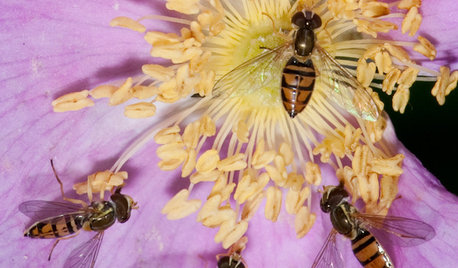
GARDENING GUIDESThis Fly Is One of the Most Beneficial Insects Around
Meet the syrphid fly, a colorful pollinator that also beats chemicals for controlling aphids and other garden pests
Full Story
COLORCobalt Gets the Red Carpet Treatment
It dazzled at the Emmys, but this bold blue is earning rave reviews around the home too
Full Story
WINDOW TREATMENTS7 Window Treatments That Can Lower Your Energy Bills
Beautify your windows, keep your home cool and reduce energy use all at once with the right covering
Full Story
HOUZZ TOURSMy Houzz: A Basic Builder Home Gets the Glam Treatment
From blank canvas to decorated beauty, this home in Massachusetts changed a family's life in more ways than one
Full Story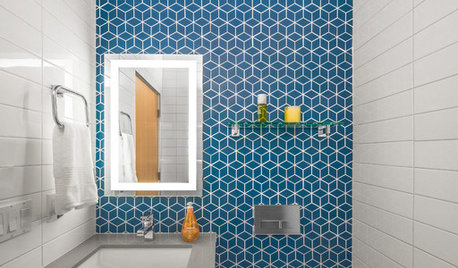
WALL TREATMENTSNew This Week: 3 Powder Rooms With Smile-Inducing Walls
Looking for a happy place in your home? Let these walls speak to you
Full Story
WINDOW TREATMENTSRoller Shades Raise the Curtain on Style
The humble window treatment is stealing the scene with fresh patterns, color and pizzazz
Full Story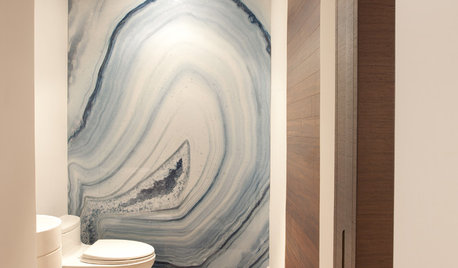
HOUZZ TOURSHouzz Tour: Modern, Entertaining Home in Florida
Creative wall treatments, bright colors and ever-present extended family make a modern renovation a lively affair
Full Story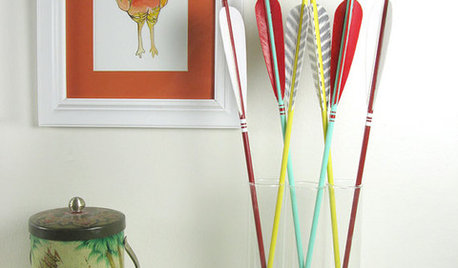
DECORATING GUIDESOn Trend: Feather Decor Makes Rooms Soar
Bring lightness and a breath of nature to your walls and home decor with feather art, accessories and wall treatments
Full Story
DECORATING GUIDESIt’s a Mirror-acle! 5 Ways to Make Reflecting Walls Work
From the bedroom to the outdoors, mirrored walls can help reflect light and create the illusion of space
Full StoryMore Discussions






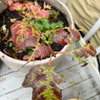
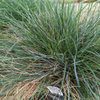
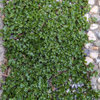
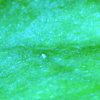
rhizo_1 (North AL) zone 7
Palm_shadeOriginal Author
Related Professionals
Danbury Landscape Architects & Landscape Designers · Maple Valley Landscape Architects & Landscape Designers · Bridgetown Landscape Architects & Landscape Designers · Prairie Ridge Landscape Architects & Landscape Designers · Wixom Landscape Architects & Landscape Designers · Brooklyn Park Landscape Contractors · Eureka Landscape Contractors · Lees Summit Landscape Contractors · Lemoore Landscape Contractors · Norwalk Landscape Contractors · Paso Robles Landscape Contractors · Pleasant Grove Landscape Contractors · View Park-Windsor Hills Landscape Contractors · Wethersfield Landscape Contractors · Whitehall Landscape ContractorsKimmsr
rhizo_1 (North AL) zone 7
Palm_shadeOriginal Author